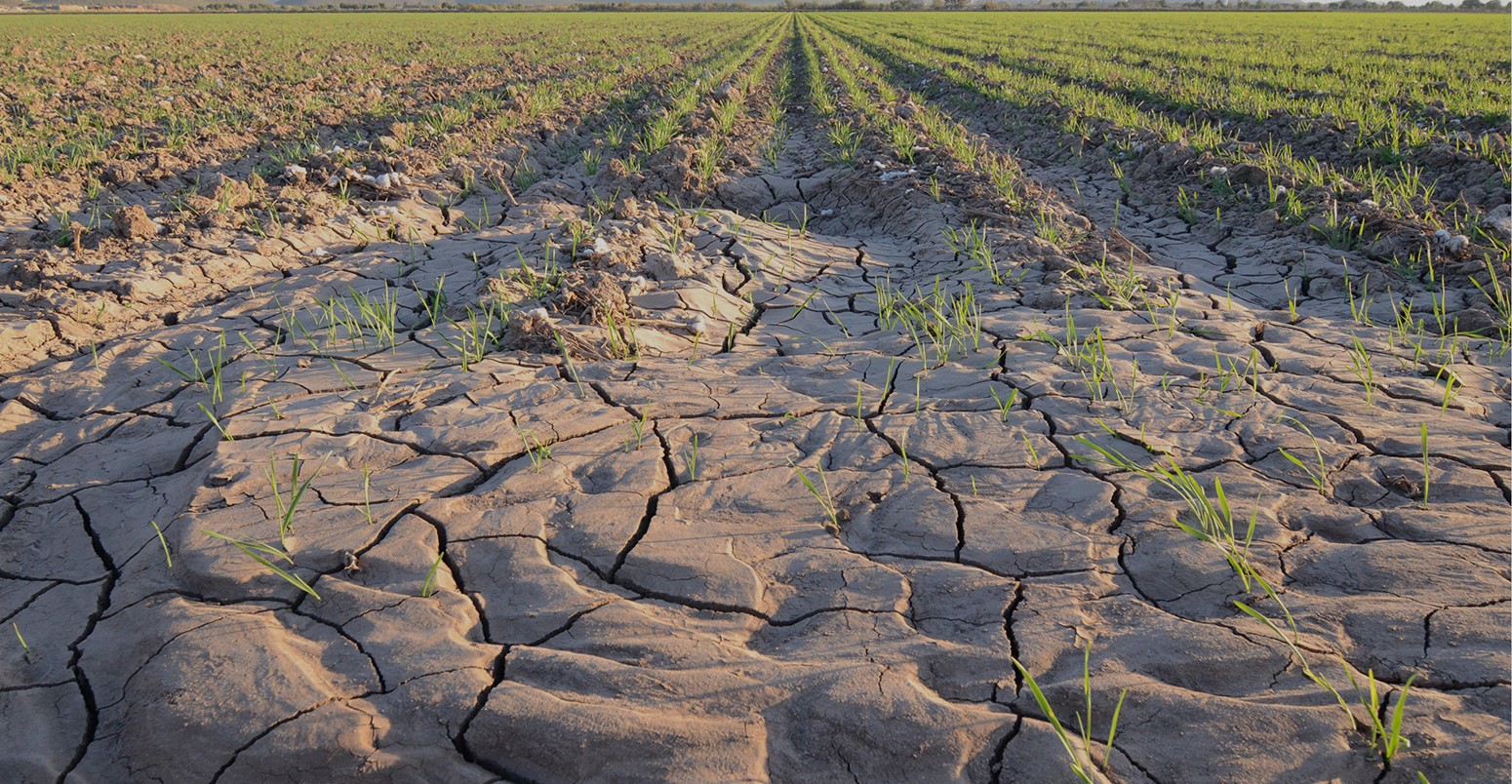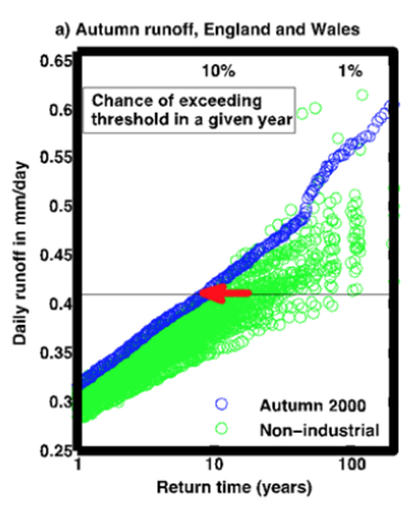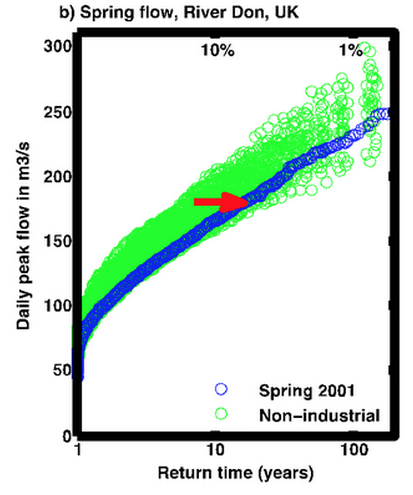
Attributing extreme weather to climate change in real-time
Carbon Brief Staff
10.08.14Carbon Brief Staff
08.10.2014 | 11:00amThe question of how extreme weather events might be linked to climate change is a key one.
It’s particularly important because in many regions, extreme weather like heatwaves, floods and droughts cause more damage than other, more predictable consequences of climate change, such as sea-level rise.
Scientists know that an increase in average temperature as the climate changes will lead to an increase in the number or magnitude of some extreme events, while others will get less likely.
But the chaotic nature of weather means it’s generally impossible to say, for any particular event, that it only happened because of climate change.

During the 2003 heatwave in Europe, summer temperatures rose several degrees above those in 2000, 2001, 2002 and 2004. Image by Reto Stöckli, Robert Simmon and David Herring, NASA Earth Observatory, based on data from the MODIS land team
Probabilistic event attribution
On this basis, some people have concluded that it’s effectively impossible to attribute extreme weather events to greenhouse gas emissions.
But this isn’t quite right, and there are ways we can explore the links.
My colleagues and I work on the emerging science of Probabilistic Event Attribution (PEA), which tries to assess how much human-induced climate change is affecting local weather events such as flooding or heatwaves.
Our work focuses on assessing if and how past emissions have contributed to the probability of any particular extreme event changing – either becoming more or less likely.
We use observations and statistical analysis to assess weather events on a case-by-case basis. Because we don’t get a lot of observations of the most extreme events, almost by definition, assessments are based on large numbers of climate model experiments, called “ensembles”.
Such studies compare how often a particular extreme weather event occurs in model experiments representing the “world as it is” (with human influence on climate) with how often it occurs in experiments representing the “world that might have been”, where the estimated impact of human influence on climate is removed.
Flood risk
Take the example of flooding.
The figure below shows a series of model runs for peak flow in English and Welsh rivers during Autumn 2000. Each circle represents a model run. The blue circles are the world as it is – with climate change. The green circles are the world that might have been – without climate change.

Return times of run-off (an indication of flooding) for the “world as it is” (blue) and the “world that might have been” without anthropogenic GHG emissions (green) for Autumn 2000 in England and Wales. Black line shows the threshold exceeded in observations. Adapted from Figure 10.18 IPCC AR5 WG1 chapter 10.6
In the current climate, shown by the blue dots, the chance of exceeding the critical runoff threshold of 0.42 millimetres per day observed in 2000 is one-in-ten in any given year. In the “world that might have been” it would have been more like one-in-twenty.
Because we do not know exactly how the world without anthropogenic climate change would look like (we do not have any observations) we use several plausible ways to simulate the world that might have been. That means there is more than one green curve, indicating the large uncertainty around this kind of assessment.
But on average, this plot suggests human greenhouse gas emissions has made flooding twice as likely. 
But not all damaging extreme weather events are being made more frequent by human influence on climate. The plot above, which looks at another river during spring, examines flooding triggered by rapid melting of snow. Here we see that this kind of event has been made less frequent by past GHG emissions – the red arrow points to the right.
Public perception of extreme weather and climate
At the moment these studies require months to complete and are published well after public attention to a weather event has peaked.
This can lead to situations where extreme weather events are listed as examples of the impacts of anthropogenic climate change before attribution studies have shown that it is indeed an event made more likely by human greenhouse gas emissions.
In part, this is because immediately after an extreme weather event the only available statement is that all events are now happening in a changing climate.
While this is true, it doesn’t actually say anything about the likelihood of the event occurring, and might imply that all events are made more likely. Given that often we find that climate change played no role in changing the likelihood of an event, and sometimes we find climate change has made an extreme weather event less likely, this is not ideal.
To avoid such issues, we are working on developing ways to assess the links between a particular extreme weather event and climate change that work a lot faster.
Real-time event attribution
Many uncertainties remain in attribution studies. It’s also easier to work with some types of weather events than others – there is generally more confidence in studies focusing on heatwaves than those focusing on extreme precipitation. Investigation of hurricanes and typhoons is currently limited by the ability of global climate models to simulate these events.
Models also tend to produce more reliable results in certain regions – for example, the mid-latitudes are easier to model because their weather is much more random and does not rely on getting large scale processes exactly right. Monsoon regions, on the other hand, are trickier.
So far the events we’ve examined have been picked rather randomly, leading to a very patchy picture of how climate change is affecting us already. The next stage of our work is to begin to fill the gaps and systematically investigate how anthropogenic climate change is affecting us today.
We won’t be able to give a robust answer in every case, due to limited data and limits to our understanding. But we are working towards developing a more complete picture, that can hopefully lead to better understanding of what climate change means for extreme weather in different parts of the world.
Dr Friederike Otto is a research fellow in the ECI Global Climate Science Programme at the Uiversity of Oxford and scientific coordinator of climateprediction.net.

